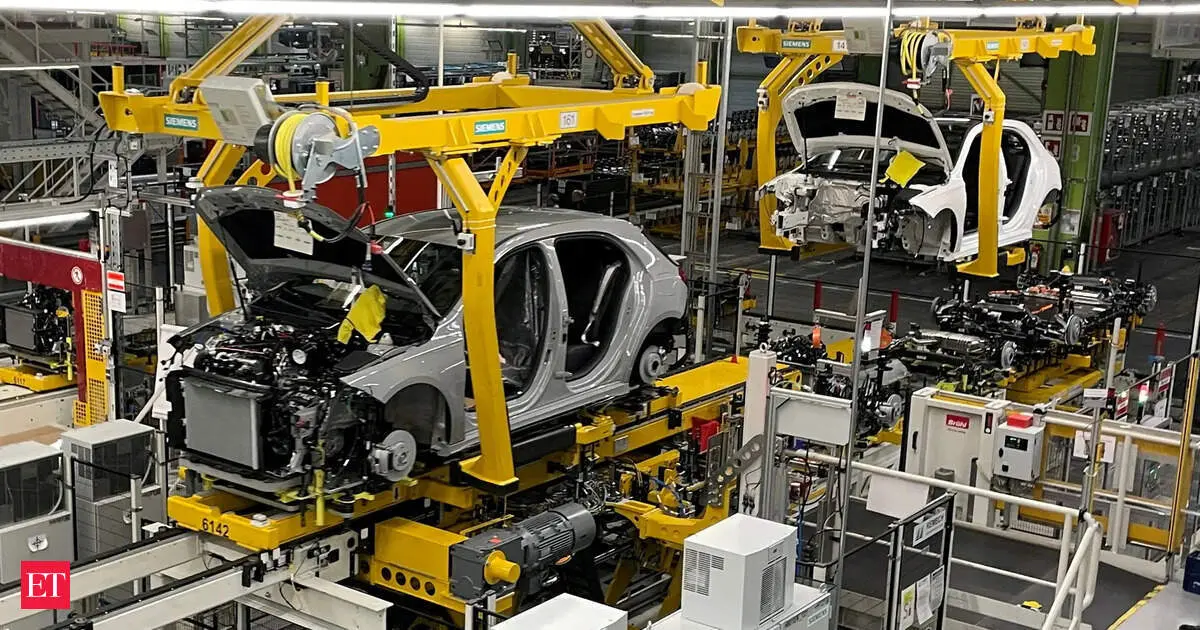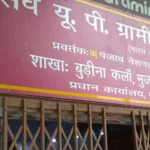Manesar: In the face of a new 50% tariff regime affecting key segments of the auto component industry, manufacturers in Manesar are bracing for significant challenges. Unlike garment exporters facing uniform tariffs, auto component makers have some relief with varied tariff rates. Industry leaders like Jagdeep Rangar of Stork Rubber Products express concerns over pricing pressures and the difficulty in finding new markets amidst the evolving landscape.
Tariff Changes Affecting Auto Industry in Manesar
Manesar, a vital center for India’s automobile sector, is navigating the complexities introduced by the newly enforced 50% tariff regime on certain auto components. While garment exporters face uniform tariffs, auto component manufacturers are presented with a mixed bag of tariff rates. For instance, supplies to light trucks and passenger vehicles are subject to a 27.5% tariff, whereas components intended for marine, agriculture, heavy trucks, and machinery will attract the full 50%. The implications of these tariffs are significant, as manufacturers like Jagdeep Rangar from Stork Rubber Products point out that both categories often share component suppliers.
“Though it’s the latter that will take the bigger hit,” Rangar noted, “it will create ripples across ancillary manufacturers.” This interconnectedness means that when one category is impacted, the effects can cascade down the supply chain.
The Struggle for Relief and New Markets
In light of these impending challenges, industry leaders are actively seeking government intervention to mitigate the fallout. Rangar hopes for some relief but adds a critical observation: “Otherwise we will not be able to absorb the kind of discounts being demanded by buyers.” The complex nature of product development in this sector translates to a daunting timeline, often taking upwards of two years to innovate a new component. “Auto components are not developed overnight. We have to invest in tooling and send samples for testing,” he elaborated, highlighting the lengthy lead time involved in bringing a new product to market.
Vinnie Mehta, the director-general of the Automotive Component Manufacturers Association of India (ACMA), shared that auto component exports to the U.S. amounted to $6.6 billion in 2024. Notably, $3.5 billion of this figure will continue to enjoy a more favorable 25% tariff. “This covers parts and components for cars and small trucks,” added Mehta, emphasizing that this portion represents about 55% of total exports to the U.S.
The Broader Impact on India’s Automotive Sector
With the Indian automotive component industry valued at approximately $80 billion, the stakes are high. Approximately $23 billion comes from exports, with 8-9% targeted at the U.S. market. However, experts suggest it’s premature to fully assess the long-term impact of these tariff changes. The European Union, which holds a similarly significant market potential, is valued at $7 billion for Indian auto components.
Nitin G. R., founder of GrandPitstop, an auto accessories manufacturer, indicated that his company is strategizing ways to navigate the challenges presented by these tariffs. “We are exploring routes to channel shipments through third countries to reduce the tariff burden,” he stated. This type of market maneuvering is indicative of an industry intent on safeguarding its interests.
Diversification as a Strategic Response
Industry insiders reveal that many manufacturers are proactively diversifying their client bases. Companies are now looking beyond traditional markets, eyeing opportunities in regions like the Middle East, Africa, and Latin America. Shradha Suri Marwah, president of ACMA, aptly noted, “While this development presents near-term headwinds, it underscores the importance of enhancing competitiveness, strengthening value addition, and exploring new markets.”
This strategic pivot toward diversifying markets reflects a growing recognition that dependency on a limited number of markets can be precarious. By exploring avenues in emerging markets, auto component manufacturers can potentially mitigate risks associated with tariffs and economic shifts in established markets.
In conclusion, while the new tariff regime poses challenges for the automotive component industry in Manesar, it also catalyzes a critical reevaluation of market strategies. Industry stakeholders are preparing to adapt and innovate in the face of adversity, ensuring that India’s auto components sector remains robust amidst evolving global standards and trade policies. As the landscape continues to shift, the industry’s resilience will be tested, presenting both challenges and opportunities for growth.
Bankerpedia’s Insight💡
The imposition of a 50% tariff on certain auto components poses significant challenges for India’s automotive sector, impacting exports worth $23 billion. While companies experience varying tariff rates, the overarching uncertainty could dampen investment and innovation. The shift in focus towards new markets like the Middle East and Africa underscores the industry’s need for resilience. For consumers and investors, this means potential shifts in pricing, innovation timelines, and market accessibility. Strategic diversification and government support will be crucial in navigating these turbulent waters, ensuring India’s automotive sector emerges stronger and more competitive.
What Does This Mean for Me?🤔
- Salaried Person → Higher costs may reduce salary growth for salaried employees.
- Business Owner → Increased tariffs decrease profit margins for auto component exports.
- Student → Increased costs for automotive-related studies or projects.
- Self-employed → Increased costs and market challenges for self-employed manufacturers.
- Homemaker → Higher car prices and reduced availability of auto products.
- Retiree / Senior Citizen → Possible increase in vehicle costs for retirees.
- Job Seeker → Job seekers may face reduced opportunities in auto industry.
- Farmer / Rural Citizen → Higher tariffs could increase equipment prices for farmers.
Research References📚
- economictimes.indiatimes.com
- RBI
- SEBI
- Ministry of Finance
- NABARD
- Department of Financial Services (DFS)
📲 Stay ahead in banking & finance!
Join the Bankerpedia WhatsApp Channel for instant updates, and
subscribe to our YouTube Channel for in-depth analysis and expert explainers.










